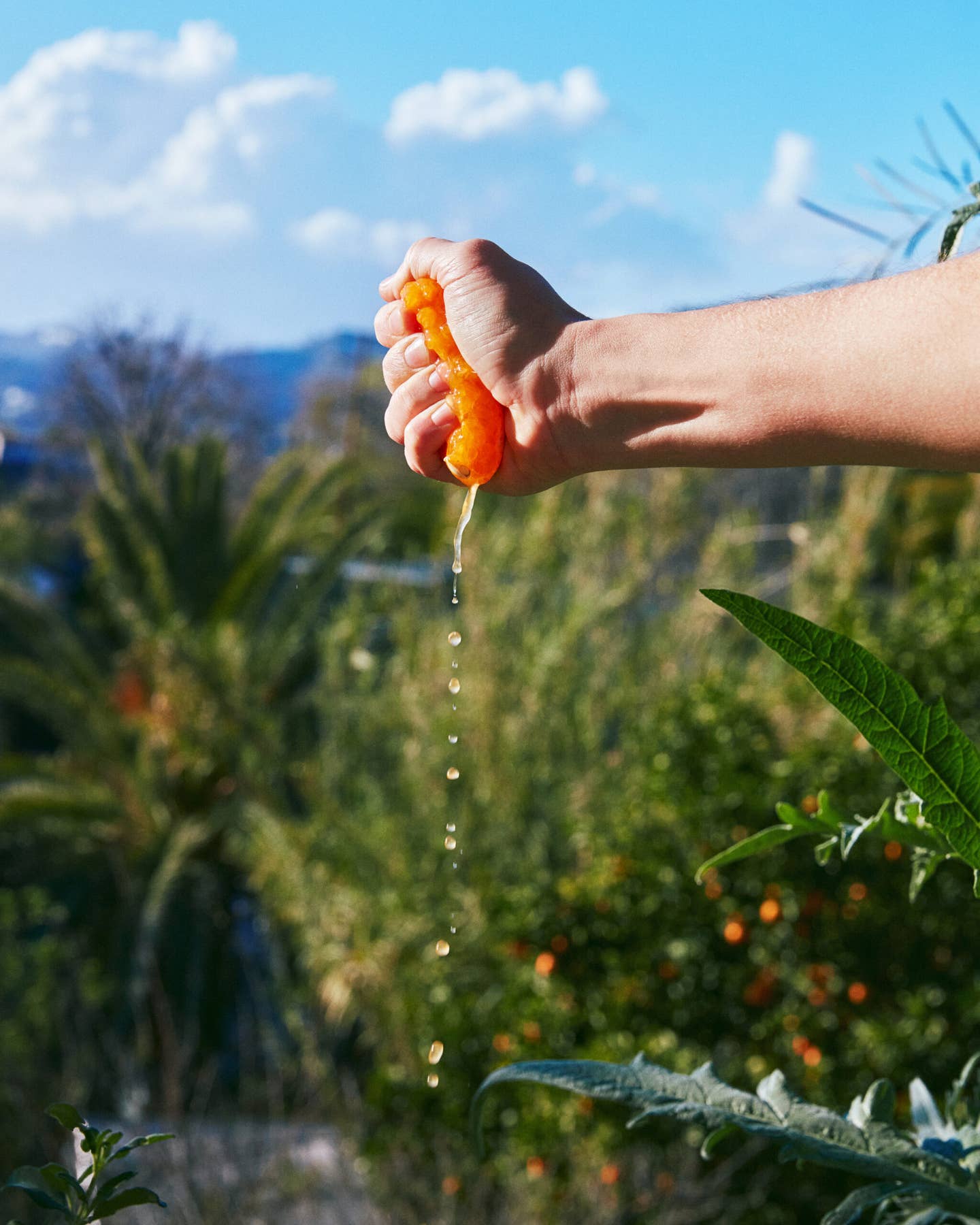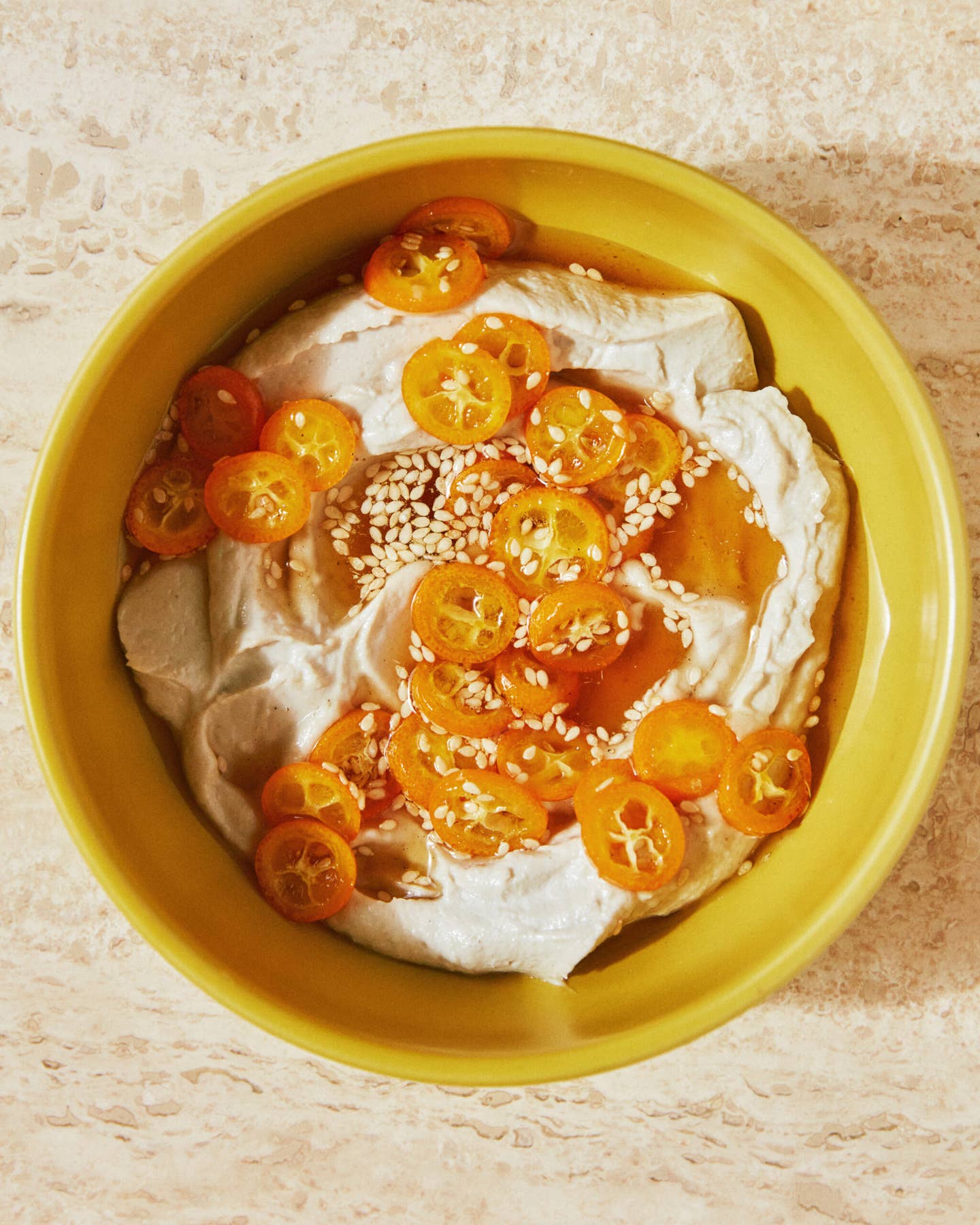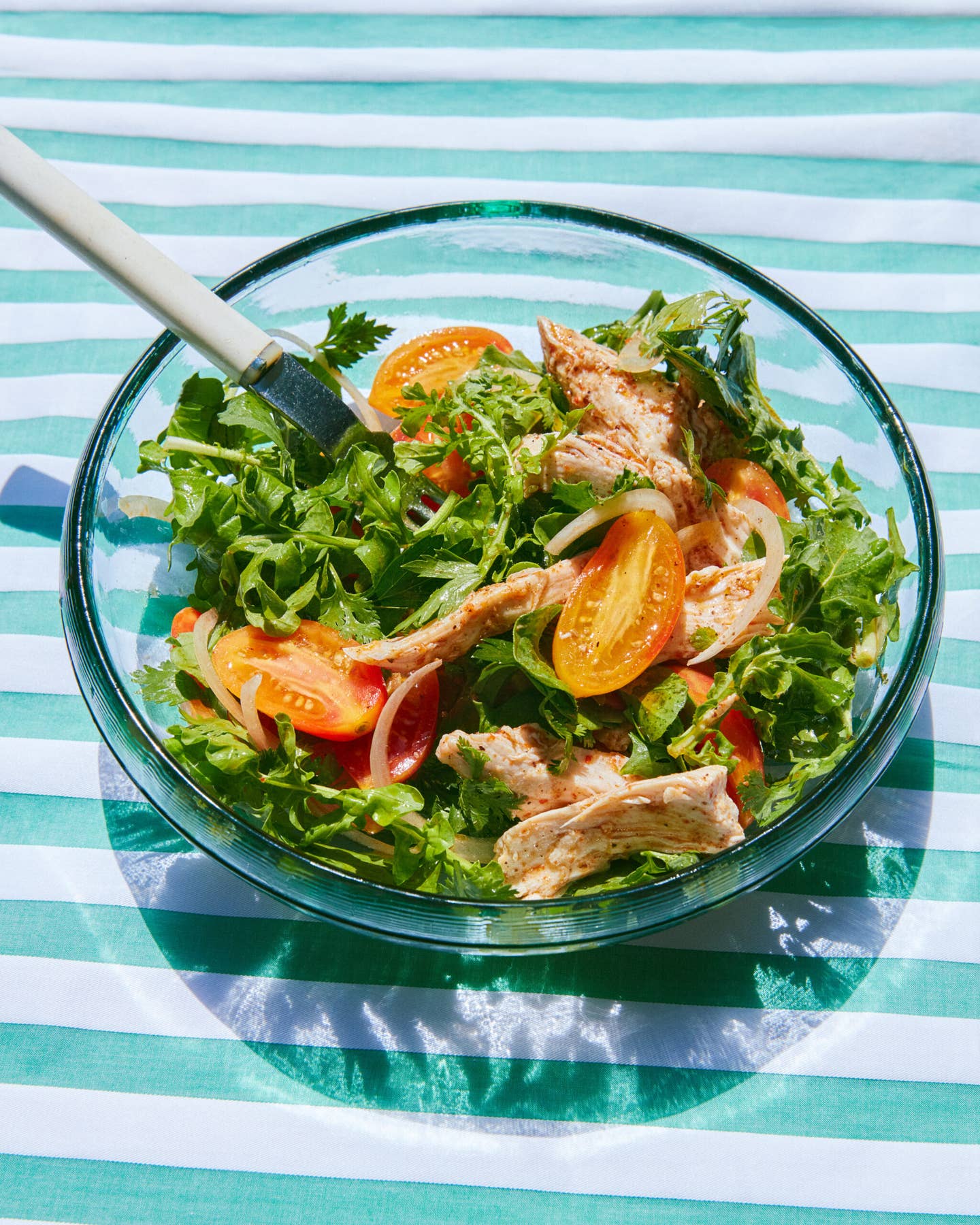This interview is delivered to you by the SAVEUR Cookbook Membership, our passionate group of food-loving readers from across the globe celebrating our favourite authors and recipes. Be part of us as we cook dinner via a brand new e-book each month, and share your meals pics and vids on social media with the hashtags #SAVEURCookbookClub and #EatTheWorld.
When describing the meals provided at their Los Angeles eating places Kismet and Kismet Rotisserie, cooks Sara Kramer and Sarah Hymanson refuse to remain in a single lane. Some patterns do emerge: Do many dishes showcase the flavors and components of the Center East and Mediterranean? Sure. Do they supply most of their vegetarian dishes within the “farm-to-table” custom? For certain. Do they make a killer roast hen? Sure once more.

But no single label can absolutely seize Kramer and Hymanson’s gastronomic aptitude, both at their eating places or within the dishes of their debut cookbook, Kismet: Vibrant, Recent, and Vegetable-Loving Recipes. After constructing their respective careers in among the greatest eating places of New York—Marlow and Sons, Blue Hill at Stone Barns, and Glasserie, to call just a few—the duo decamped to the West Coast and established their dream of a neighborhood spot. Kismet nonetheless blends their many culinary influences, celebrates California’s numerous and wide-ranging produce, and engages their area people in the best way solely nice cooking can. In talking with Kramer and Hymanson from their houses in California, I discovered how they introduced their playful, beneficiant ethos to the pages of Kismet, and the way they developed greater than 100 recipes that defy straightforward categorization, whereas nonetheless inviting all people to the desk.
Jessica Carbone: You say that this is not a “restaurant e-book,” however one that you just really need individuals to cook dinner from. Why?
Sara Kramer: It was necessary to us that this e-book may very well be cooked from—why else make a cookbook? There are books which can be stunning artwork objects, however that’s not fairly our id, and it made much more sense for us to make it tremendous approachable. We additionally wished to be clear about who we have been. Folks have tried to pigeonhole us as a Center Japanese or Mediterranean-inspired restaurant, however we wished to indicate the breadth of what we might do. In order that’s the place my mind initially went: “How will we simplify the recipes with out dropping what makes our meals ours?”
Sarah Hymanson: We needed to take inventory of our personal concepts of what a very good cookbook is, what makes one thing user-friendly, what makes it intimidating. We wished to be sure that individuals who knew and liked us in L.A. might discover what they wished within the e-book. However for individuals who don’t know who we’re, we wish them to have the ability to decide it up, flip via it, and be intrigued.
SK: The entire challenge, from recipes to visuals, gave us a possibility to take a look at the final 10+ years of working collectively; there’s lots to have a good time.
SH: As restaurant cooks, our work disappears, and it’s wonderful to have an object that can reside on.
What did California meals tradition imply to you earlier than transferring to Los Angeles?
SH: I had little or no expertise of California earlier than transferring right here. I went to San Francisco for spring break, and on the time I used to be a strict vegetarian, so I went to all these vegetarian eating places, which was a lot simpler to do there than in Chicago, the place I grew up. So for me, I considered Northern California as rooted in Alice Waters and hippie meals. Southern California delicacies wasn’t in my lexicon once we moved to Los Angeles, however once we went to the farmers market, my thoughts was fairly blown. It was within the early spring, which is bleak in New York—simply holding on till you compete with everybody else to get the primary asparagus. However you come to California and there’s tons of asparagus and artichokes and lettuces…
SH: Yeah! We made a goat cheese and kiwi salad for dinner, and I simply stated, “What is that this heaven?”
SK: Our primary meals affect is rooted within the Mediterranean and the Center East, and the local weather right here makes a variety of sense in relation to these influences. However there’s additionally a freedom within the delicacies right here, and a variety of fusion that occurs due to the supply of produce, and due to how numerous a spot it’s.
SH: Even going to the farmers market, there are such a lot of growers from completely different backgrounds. There’s an enormous Hmong farming inhabitants, and plenty of Asian greens that make their manner into cuisines that aren’t Asian, and plenty of Latino growers as effectively. There’s Center Japanese farmers rising melons and Armenians rising cucumbers, to not point out all of the dates and pomegranates and olives.
One in every of your guiding rules is “untraditional meals that understands custom.” How do you deliver that into apply?
SK: Our model of a Persian tahdig is an effective instance: We observe the place its inspiration got here from, however we additionally acknowledge that we’re not attempting to make that actual dish. We’re making a dish in a manner that honors its roots, however is smart within the context of our restaurant, our collaboration, and the place we’re on this planet.
SH: After we’re engaged on a standard dish, we’ll typically speak about what it’s that we like about it, then we take into consideration how we will make it our personal. We’re grateful to have the chance to be taught from so many various cuisines, and we wish to be sure that we’re at all times doing justice to a dish, even when we’re not doing it precisely the way it’s presupposed to be.
You utilize components that do a variety of work, like grape leaf powder on a salad, or the pepperoncini in your grilled corn. Do you might have different “secret weapon” components?
SH: Fish sauce is wonderful at delivering that umami.
SK: Yeah, you’re actually good at getting umami from a lot of completely different locations, just like the fermented tofu within the schnitzel sauce; it’s such a wise ingredient. It’s a humorous factor to name uncooked garlic a “secret weapon,” however lots of people shrink back from it, particularly in fantastic eating, the place garlic is usually blanched to oblivion, after which changed into a really light puree. Our flavors are very punchy and daring, and uncooked garlic is a necessary ingredient in a variety of our meals.
SH: After we use issues like flower waters, or uncooked garlic, and even fish sauce, we don’t essentially need individuals to have the ability to pick what it’s—what makes it thrilling or additional peppery or a bit of bit floral.
SK: However you’ll be questioning, “Why does this style good?”
SH: “Why does it have a contemporary spice to it? That’s not chile.” Or “Why does this style extra like honey than regular honey?” As a result of it has a tiny little bit of orange blossom water in it.
Do you consider yourselves as a “farm-to-table” restaurant?
SH: At a sure level, we felt that being in Los Angeles, when now we have such entry to native produce, “farm to desk” was a given, however not essentially a factor that we might splatter throughout our menu.
SK: Sourcing regionally is so a lot better, but it surely does take a variety of effort—and energy is a useful resource as effectively. After we speak about what Kismet is, we do say that it’s produce-driven, seasonal, and native. However these are just some of the issues that it’s. It’s a pleasure to work at eating places which have solely essentially the most stunning produce, however typically that may be extra of a super than a actuality.
You speak in regards to the challenges of moral consuming, each with produce and with meat. Generally that exhibits up in dishes the place meat takes a again seat, like within the Hen and Tomato Salad, or in sourcing as regionally and seasonally as attainable. How do you navigate this for the e-book’s readers?
SH: It’s one factor to say that everybody needs to be consuming regionally, as a result of ideally they need to. However we additionally need individuals to eat no matter they will afford, no matter makes them really feel nourished from a cultural and a well being perspective. Folks reside in all completely different realities, and it is necessary to take that under consideration.
SK: We attempt to provide substitutions and ideas on methods to supply one thing when you don’t have entry. However we additionally wish to take the guilt out of it, to encourage individuals to do their greatest and to have minimal disgrace. We’re not excessive and mighty about solely needing to eat excellent Frog Hole apricots…
SH: For those who can afford to do this, you recognize, congratulations…
SK: …Proper, love you for that. However when you can’t, there are many different choices. With our e-book, we wish to encourage the celebration of meals in no matter kind we will.




